Many people only think they need air conditioning repair when their system totally fails. However, the fact is your air conditioner will often show signs of trouble before a total breakdown that results in new AC installation. Recognizing the symptoms and calling the experts at Air Service Co. to handle issues early can spare you the hassle and expense of a full AC system breakdown. More importantly, it can prevent the discomfort of having your AC stop working on a really hot day.
When you call us, our team of highly trained HVAC technicians will diagnose the issue, make the necessary repairs and get your AC back on track. We have a proven track record in the community and provide top-tier, budget-friendly AC service for area residents.
Why put off calling the pros until your cooling system quits? Skip all that hassle by calling today to schedule AC repair in Muldrow, OK, from Air Service Co..
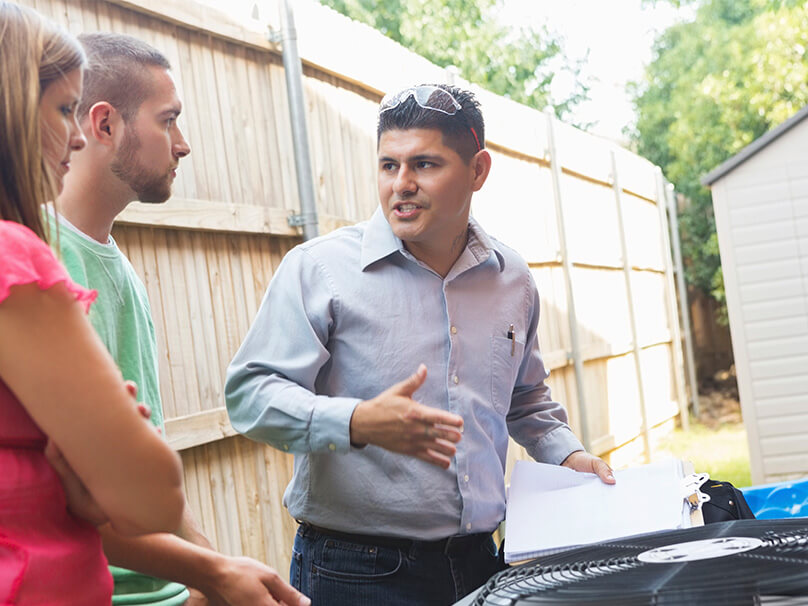
Warnings Signs You Need AC Repair
Wondering if your air conditioner is having issues? From a stinky smell to a lack of cool air coming from the vents, there are many symptoms that your cooling system has a problem and needs evaluation or repair.
Here are some warning signs that trouble may be developing and it’s time to call an HVAC technician from Air Service Co.:
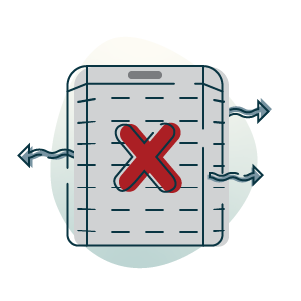
AC is blowing hot air
If heated air is flowing out of your AC unit instead of cool air, or if the air isn’t as cool as normal, it’s a wise decision to call us for professional cooling service.
AC frequently turns on and off
If your AC system starts and stops instead of completing its normal cycle, it could be a symptom of underlying trouble and should be evaluated by one of our certified HVAC technicians.
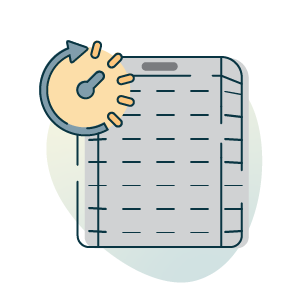
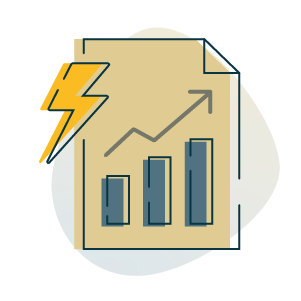
Monthly utility bills spike for what seems like no reason
A sudden spike in your energy bills can be a signal your AC unit is not running efficiently, which means it uses more energy to cool your home and needs AC maintenance or repair.
Unusual odors are coming from your AC
Air conditioners shouldn’t produce odors. Unusual odors coming from your AC unit should be inspected by an HVAC technician, as they can be a symptom of trouble like mold, mildew or even electrical issues.
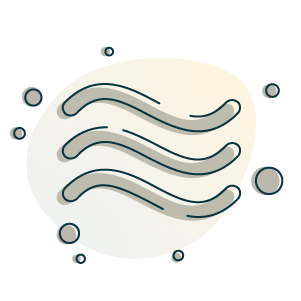
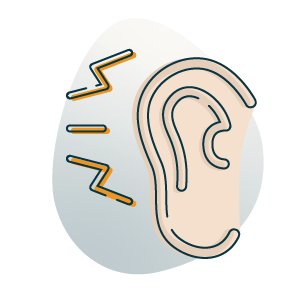
AC starts making noises
If you hear odd noises when your air conditioner is running — clanking, rattling or screeching, to name just a few — it’s important to call for professional HVAC service to get to the bottom of the issue.
Request Pro Air Conditioner Repair Right Away
When you have to have air conditioning service without delay, call the HVAC repair professionals at Air Service Co.. We’ll speedily confirm the issue when your equipment won’t start or deliver sufficient cool air.


